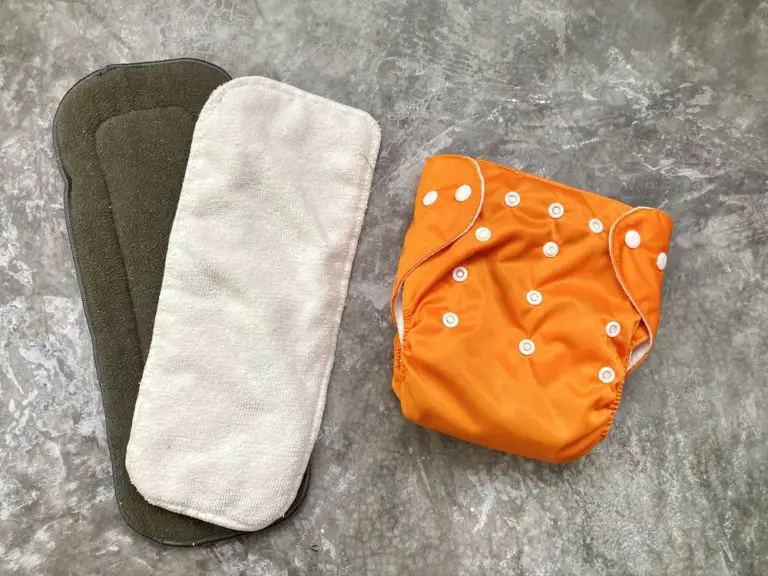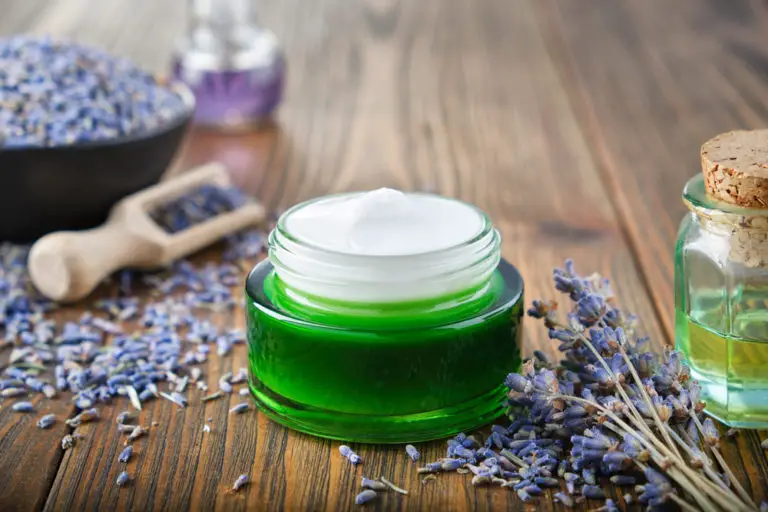How to Prep Cloth Diapers: The Beginners Guide (2024)
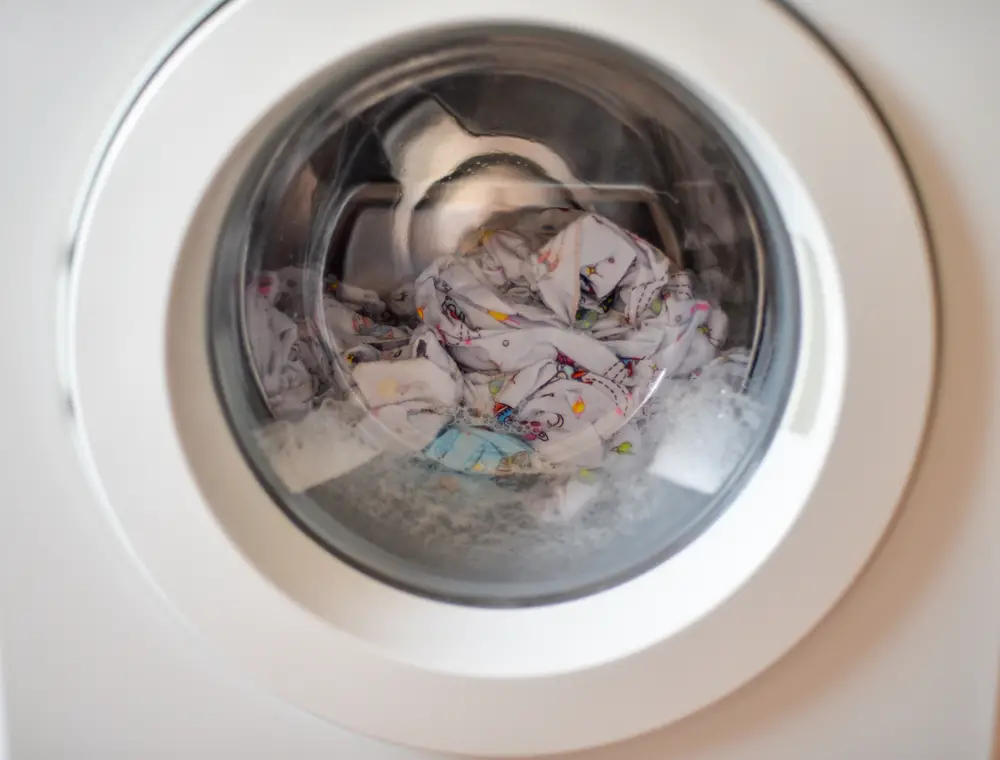
Knowing how to prep cloth diapers is essential in the cloth diapering process. While it would be convenient if parents could simply purchase and use cloth diapers straightaway, and in theory, you could, you will have much better results when you know how to properly prep your cloth diapers before use.
- How to Prep Cloth Diapers?
- Prepping Exceptions
- Natural vs. Synthetic Fibers
- Why Do We Prep Cloth Diapers?
- How Do You Know If Your Diapers are Fully Prepped?
How to Prep Cloth Diapers?
In most cases prepping cloth diapers involves washing them prior to use. How you wash, what detergents you use, the temperature of the water and any additional steps will be determined by the style of cloth diaper and the material.
Prepping Natural Fibers
Regardless of the material they are made of, all new cloth diapers should be prepped before using them.
Whether your cloth diapers are flats, prefolds, or hybrids, prepping will increase their efficiency, make them more absorbent, and remove dust, germs, and other environmental additives that may have hitched a ride before arriving in your home.
Prefolds and flats tend to be made from natural fibers like bamboo, cotton, hemp; therefore, prepping prefolds takes longer, but in the end, they are softer, easier to care for, and more absorbent.
To prep natural fibers, you should wash and dry them seven to ten times. Air drying is best for cloth diapers, so consider how long it will take to wash and dry them seven times.
If you are new to cloth diapers or this is your first baby, it is wise to have your cloth diaper stash purchased, prepped, and ready to go weeks before your due date to ensure you are ready!
Before washing cloth diapers for the first time, purchase a cloth diaper safe detergent. You can look at the diaper manufacturer’s website for recommendations if you are unsure what to use.
Prepping Synthetic Fibers
Synthetic cloth diapers also require prepping but take significantly less time than natural fibers.
In most cases, synthetic fibers like fleece, microfleece, and microfiber only need a single wash and dry. And while it is always best to follow the manufacturer’s cloth diaper instructions, most synthetic fabrics can be machine dried if needed.
Like natural fibers, you need to use a cloth diaper safe detergent; you should also avoid any fabric softeners or dryer sheets as they can add deposits to your diapers, making them less absorbent.
When pre-washing cloth diapers, use the hottest water setting.
While drying your synthetic diapers in the dryer during the prepping stage is perfectly fine, you may want to line dry them from time to time or use a lower heat setting on your dryer.
High heat temps can make the TPU or plastic coating used on pocket and all-in-one diapers crack and peel over time.
Prepping Exceptions
If you are using a combination of natural and synthetic inserts and diapers, you should prep them at separate times.
If you do not have ready access to a washing machine, you can also boil your natural fiber cloth diapers in a large pot. In some cases, covers, inserts, and certain natural fibers have a few additional rules to apply.
Diaper Covers
In general, washing new cloth diaper covers doesn’t require extra steps. However, if they are brand new covers, after washing them in hot water, run them through the dryer cycle on hot.
The initial hot dryer session can seal the TPU plastic layer, preventing future leaks. Afterward, it is best to air dry TPU diaper covers to prevent the plastic from cracking and drying.
Wool
Preparing cloth diapers or covers made from wool requires a few extra elements. First, you need to use a liquid wool wash. You can find these with or without the lanolin already added. If you prefer wool wash without lanolin, you will need to add it to the wash.
Fill a large bowl with room temperature water and a single squirt of wool wash and lanolin if adding separately. Place the wool cover in the bowl and allow it to soak for ten minutes. After soaking, remove the cover, press the water out, and roll it gently in a towel to remove excess water. Allow the wool cover to air dry.
Bamboo
There is some back and forth in the cloth diapering world as to whether or not bamboo should be treated like a natural fiber or synthetic.
The natural oils in bamboo are removed when turned into a fabric which is the argument for synthetic.
The decision is up to you. If you feel they are soft and ready after one wash, go for it; if you’d prefer to wash them several times, it won’t cause any damage.
Charcoal
Charcoal cloth diapers and inserts are usually made from bamboo. Therefore, you can usually follow the same steps when preparing new cloth diapers made from charcoal.
Charcoal diapers and inserts should initially be washed by themselves as the gray coloring from the charcoal could rinse off and stain other items.
However, after the initial prepping stage, you should be able to wash them with other cloth diapering items.
Hemp
Prepping hemp inserts and diapers requires multiple wash and dry cycles before they are ready.
Like other natural fibers, they have oils that need to be removed to up the material’s absorbency. Hemp is also a naturally rough material but will become increasingly softer with each wash.
Pre-Owned
The idea of pre-owned cloth diapers may feel weird or icky to some people, but if prepped and pre-washed correctly, there is no reason not to save some money and use some pre-owned or pre-loved cloth diapers.
Prepping pre-owned diapers and inserts is similar to prepping new cloth diapers. However, pre-owned diapers may require stripping as part of the prepping process.
One way to strip your cloth diapers is a bleach soak; fill your bathtub halfway up and add ½ cup of bleach. Next, agitate them palace your diapers and inserts and allow them to soak for 45 minutes. Follow with a wash on hot.
Natural vs. Synthetic Fibers
The main difference when you prewash cloth diapers made from natural or synthetic fibers is the amount of time it takes.
Natural fibers need a minimum of seven washes and possibly as many as ten before they are ready. On the other hand, most synthetics are ready after a single wash and dry cycle.
Natural fibers will generally become softer the more they are washed, whereas synthetics won’t change in texture.
You can use the same type of cloth diaper detergent for natural and synthetics in most instances, although you should wash different materials separately when you prep cloth diapers.
Why Do We Prep Cloth Diapers?
There are several reasons parents should prep cloth diapers before using them on their baby.
First, prepping cloth diaper inserts and diapers is necessary to increase absorbency. Natural fibers maintain some of their natural oils during the manufacturing process; these oils repel liquids and decrease absorbency.
Another reason prepping is essential is to remove any dirt or germs that may be present on the diapers when they arrive in your home.
Cloth diapers have traveled from a factory, on shipping freighters or trucks, then into the store or warehouse all before coming to you.
Just as you would wash a new shirt or a pair of jeans you brought home from the store before wearing, prepping makes them clean before touching your baby’s delicate bottom.
How Do You Know If Your Diapers are Fully Prepped?
So now the question is, how do you know if they are fully prepped?
Natural fiber diapers will feel softer to the touch than when you purchased them, but other than that, it can be difficult to tell if the prepping process has been completed successfully.
The first real test will be when your baby wears the diapers. If you are experiencing frequent leaks or need to change your baby more than once per hour, your diapers may not have been prepped adequately.
Of course, it could also be that your diapers are the wrong size or are not affixed to your baby’s bottom properly.
If you have several leaks with the first few diapers, try washing and drying the remainder a few more times before using them to see if that makes a difference.
If the diapers keep leaking, it is probably the wrong fit. If additional prep washes seem to fix the problem, then you should be good to go!
FAQ
How to prep Alva cloth diapers?
According to their website, Alva diapers should be washed before use and could need up to six washes before they are prepped.
How to prep Bumgenius cloth diapers?
Bumgenius recommends that you prewash your diapers once on warm or cold water with ½ the amount of detergent for a standard load.
How to prep new cloth diapers?
Natural fiber cloth diapers should be washed seven to ten times. Synthetic cloth diapers need a single wash and dry.
How to wash new cloth diapers?
It is always best to follow the manufacturer’s recommendations; however, in most cases, you should wash them the first time in warm water with half the normal amount of detergent.
How to prep prefolds?
Prefolds should be washed seven to ten times. Allow your prefolds to dry in between each wash fully.
How to prep cloth diapers for the second baby?
If your diapers have been in storage or are second-hand, perform a bleach stipping by filling your tub halfway full and adding ½ cup of bleach. Soak the diapers for 30-45 minutes, then wash on hot.
How to prep hemp inserts?
Hemp inserts should be washed multiple times to remove the natural oils and make them softer to the touch.
How to prep microfiber inserts?
Microfiber inserts require a single wash to prep. After that, they can be machine or air-dried.
How to prep used cloth diapers?
Used cloth diapers will probably need to be stripped. There are several stripping methods; however, the simplest is to fill your tub halfway full and add ½ a cup of bleach. Soak the diapers for 30-45 minutes, then wash on hot.
How to prep flat cloth diapers?
Flats should be prepped by washing and drying seven to ten times. You should allow your flats to dry completely in between each wash.
How to prep newborn cloth diapers?
Newborn cloth diapers are prepped the same way as other sizes; seven to ten washes for natural fibers and a single wash and dry for synthetic.

Laurel Davidson
Laurel brings her passion for parenting and years of problem-solving experiences to ParentingMode. She is the editor of ParentingMode, ensuring that the content is relevant and valuable to the readers. Laurel received her master’s degree in public administration with a certificate in economic development. She is a stay-at-home mom, raising two adorable kiddos, Aurora and Thomas. Laurel enjoys sharing her experience as a parent, traveling, and good food.

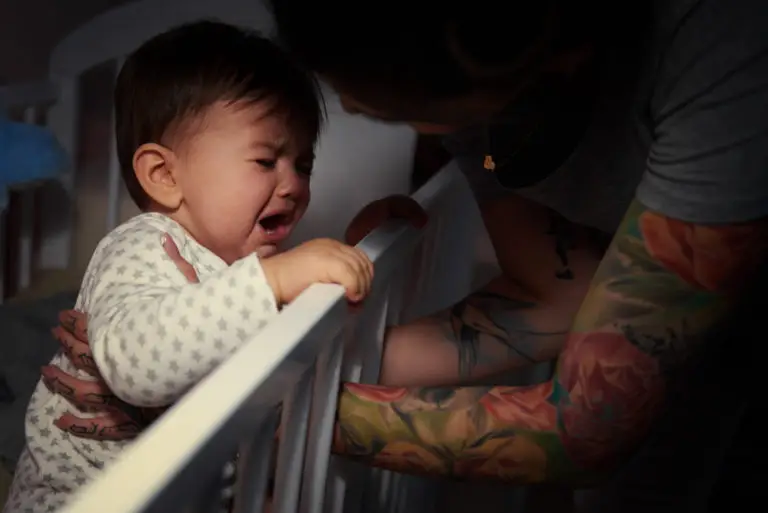
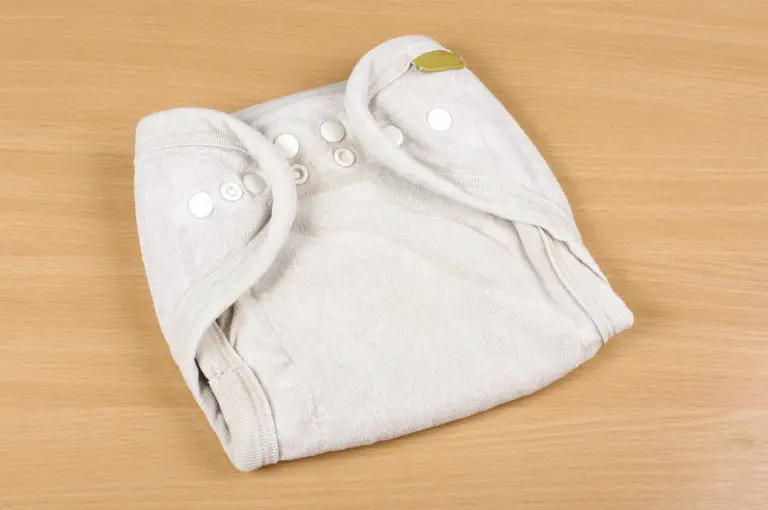
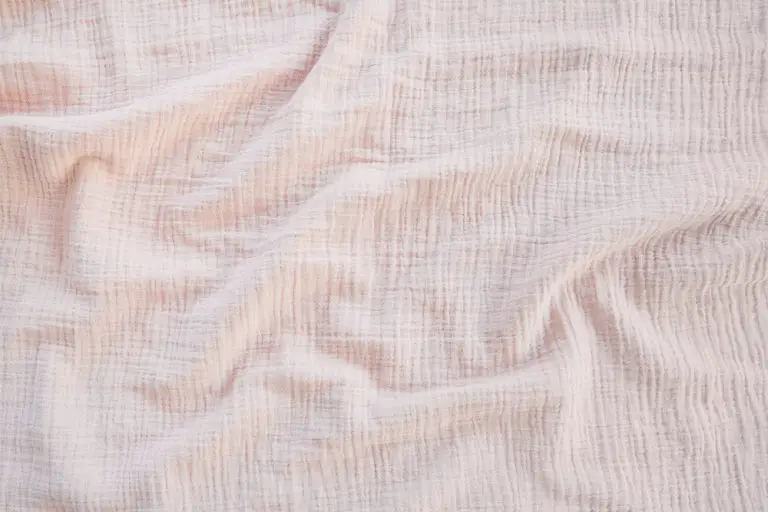
![12 Best Pull-Up Diapers for Potty Training [That Don’t Leak]](https://parentingmode.com/wp-content/uploads/2022/06/Depositphotos_146650641_S-768x513.jpg)
